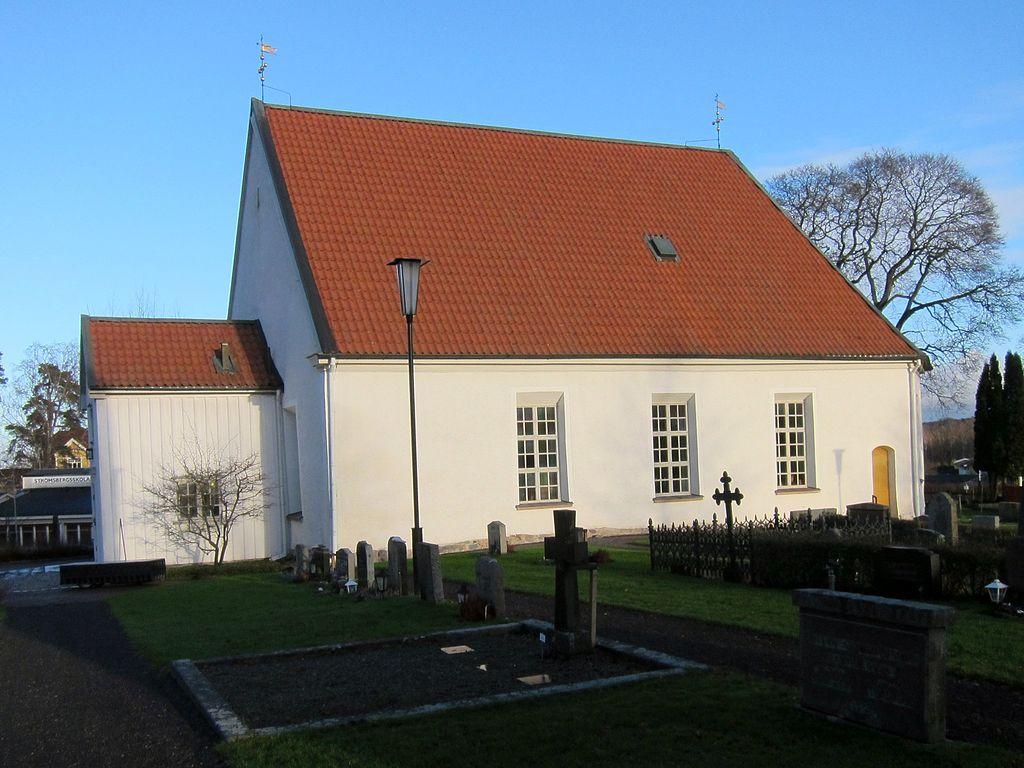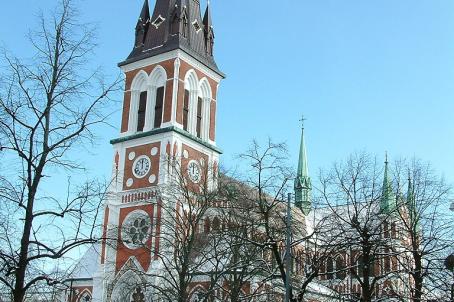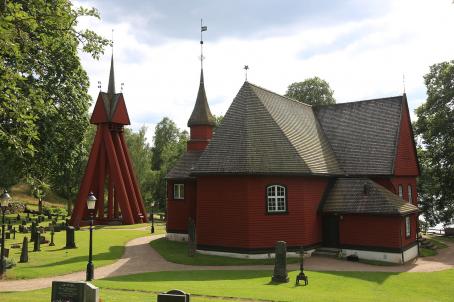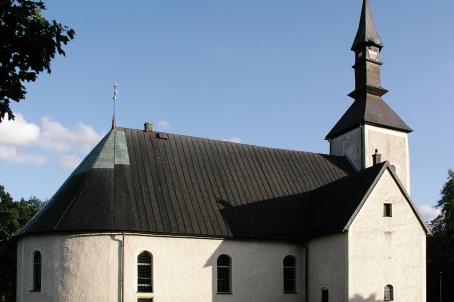Ljungarums kyrka

The Ljungarum Church building dates back to the 13th century. It now belongs to the Jöngöking Christina-Ljungarum Parish. The bell tower was built next to the church building.

The Ljungarum Church building dates back to the 13th century. It now belongs to the Jöngöking Christina-Ljungarum Parish. The bell tower was built next to the church building.

The Sofia church, named after Queen Sofia (1872-1907), was built in the 1880s and received its neo-gothic style from the architect Gustaf Dahl. The church is a basilica with an open wooden roof, a three-storey long house with five trusses, and one-sided arms of the cross and a three-sided cross. The arches, which connect the columns together, are pointed and give the church hall an airy and spacious appearance. The church in Sofia was renovated and reopened to the public in 2005.

Built in the 17th century to replace a medieval church in the same place, the new church still contains a baptismal font dating from the Middle Ages. The altarpiece was created in northern Germany in the early 17th century and the wood-carved pulpit with canopy dates from 1670.

Erected as a royal church at the beginning of the 17th century, it took the place of an earlier church that was built in the 12th century. All that Magnus Brahe retained from the older church was the beautifully ornamented door to the sacristy.